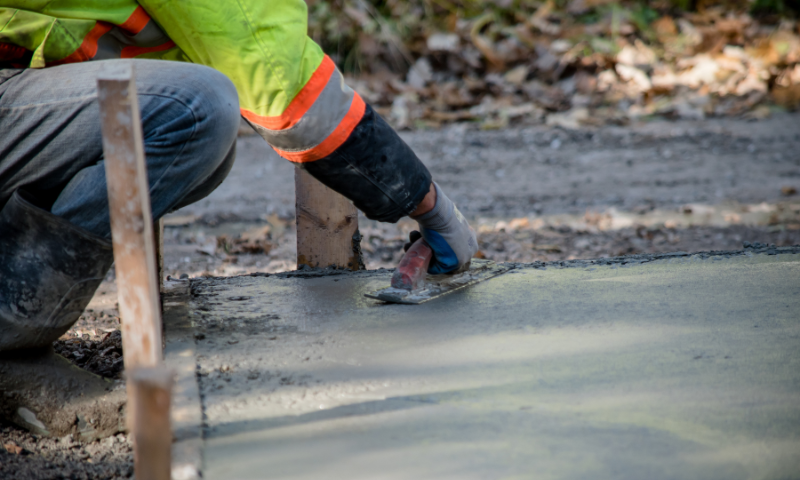This is a common question and the answer can vary dramatically depending on your site and what the specs of your shed are.
October 21st, 2022
3 min read

 This is a common question and the answer can vary dramatically depending on your site and what the specs of your shed are.
This is a common question and the answer can vary dramatically depending on your site and what the specs of your shed are.

.png?width=800&name=Concrete%20floors%20blog%20(1).png)